■ The labyrinth of the polyphonic analog synthesizer I got into
The other day, I bought a Korg polyphonic analog synthesizer, the PROLOGUE 8-voice synthesizer, from Sound House.
Leaving the reason for buying the PROLOGUE8 aside for now, I think it's a sign of the changing times that we can now buy 8-voice synthesizers so casually.
As a fan of the sound of analog synthesizers, I have been closely following the twists and turns of analog polyphonic synthesizers for over 40 years. The price and specifications of analog poly synths have continued to change like an amoeba as the times have changed.
I think that the changes in analog poly synths are a labyrinth of synthesizers. And I have continued to wander through that labyrinth.
This time, I am writing this blog because I think that the Korg PROLOGUE I have just purchased is one answer to the labyrinth I have entered.
■ Polyphonic analog synthesizers were expensive at the time
In 1981, Roland's flagship synthesizer, the GP-8 (8-voice), cost 980,000 yen. As amateurs, we couldn't afford it. The Sequential Circuits Prophet 5 (5-voice) cost 1.7 million yen, the Yamaha CS80 (6-voice) cost 1.28 million yen, the Oberheim 8-voice synthesizer cost 4.5 million yen, and the later Oberheim OB-X (8-voice) cost 2.4 million yen, so the prices of analog polyphonic (chord) synthesizers were extremely expensive, and only professional musicians could afford them.
The expensive poly synths that I admired were professional-grade equipment that was far beyond my reach at the time.
At the time, the Roland Jupiter 4 (4-voice) was a relatively affordable product from a Japanese manufacturer, and it cost around 385,000 yen. Even so, it was still out of reach for amateurs.
■ Analog poly-synthesizer at the cutting edge of technology
It feels like the times have changed, as 40 years have passed and analog poly synths have become affordable for amateurs. The labyrinth of analog poly synths is dark and deep, and once you enter it, you can't get out (lol). This is because synthesizers are always in sync with the technology of the times, and from there, new sounds and specifications that have never been heard before are born. In that sense, the synthesizer is a mirror of the times.
Professionals and amateurs alike are always looking for good sounds. In this article, I will be reviewing synthesizers, including the analog poly synths and analog modeling poly synths I have purchased so far. First, I will be reviewing the latest models.
■ Korg PROLOGUE-8 Analog Synthesizer
I bought this analog synthesizer last month. There were many reasons for this, including the fact that it was on sale for 118,000 yen, it was a genuine analog poly synth released in Japan, it was Korg's flagship synthesizer, it had a Japanese-made keyboard, and it weighed less than 10kg.
Korg has been enthusiastic about developing analog synthesizers such as the Mini Rogue 4-voice, Monologue, and Prologue, starting with the reissue of the classic monosynth ARP Odyssey a few years ago, and I had the impression that the Prologue was the culmination of this work. I was driven by a desire to try using the analog poly synth, which was the final chapter in Korg's efforts to develop analog synths.
When Korg released the Mini Rogue, the model that came before the Prologue, I was so excited that I almost hit the buy button without thinking.
Korg / PROLOGUE-8 Analog Synthesizer
■ What is the main difference between a mini-keyboard and a regular keyboard?
I wrote that I'm an analog synthesizer freak, but the reason I didn't buy the Mini Rogue was because it had a mini keyboard.
Mini keyboards have the advantage of being small and light when used for live performances or practice.
On the other hand, it is a little difficult to play after playing on a normal keyboard. The Yamaha Reface mini-keyboard is very easy to play, but mini-keyboards from other companies are not all that easy to play. I have also bought mini-keyboard synthesizers from other companies besides Yamaha, but some of them have been sold. These mini keyboards are not all designed for playing, and some are used for inputting into PCs and other devices, so I think it's difficult to evaluate them as being designed for playing...
I think it's necessary to examine what the purchaser is looking for in an instrument with a mini keyboard.
My conclusion was that the keyboard was not a mini keyboard, but a normal keyboard.
The keyboard on the Prologue is made in Japan, so it was a very easy keyboard to play. The keyboards on cheap synthesizers are soft and have a poor touch, so I really liked the quality of this keyboard.
■ I've been buying Korg analog polyphonic synthesizers since the Polysix!
For me, the first Korg analog polyphonic synthesizer was the Polysix, which was released in 1981. The Polysix was a revolutionary analog polyphonic synthesizer that could store up to 6-note polyphonic sounds. At a price of around 1 million yen, it was difficult for amateurs to afford, but if it could be purchased for less than 250,000 yen, that was a different story. I spent most of my salary to buy this Polysix.

Korg Polysix, CC BY-SA 3.0 (quoted from Wikipedia)
■ Listen to the sound of Polysix…
However, I was a little off the mark. When I thought of a synthesizer, the most important factor for me at the time was a fat sound. The background to this was the existence of the Minimoog synthesizer, a monosynth that produced a very fat sound. I liked fat sounds, and I was thinking of a powerful brass sound that I imagined would be produced by the Minimoog in polyphonic (chord) form.
However, the Polysix had a different sound. The sound was thin. Rather, it was not a thick brass sound, but rather it was good at pads and strings.
The Polysix had a built-in effect pedal called “Ensemble”, and when I applied this effect, it added a thick, chorus-like sound. However, it wasn't the sound I was looking for.
At the time, poly synths didn't have built-in spatial reverbs or delays. Naturally, I bought Yamaha's digital reverb REV7 (220,000 yen) to improve the sound, and a few years later I bought an effect pedal from Roland that included reverb, delay, modulation chorus, phaser, etc. I couldn't make the kind of synthesizer sounds I wanted without it. I spent most of my salary on synthesizers and effect pedals.
It would be some time before a synthesizer like this was equipped with spatial effects, and we would have to wait until the appearance of Roland's D-50 (1987).
Although there was a slight phase shift, the 1980s saw the rise of the digital age in the synthesizer industry, and with the addition of effect pedals, users were caught up in the fierce competition between manufacturers, and entered a spiral of endless sound exploration and labyrinthine confusion.
The “sound & person” column is made up of contributions from you.
For details about contributing, click here.





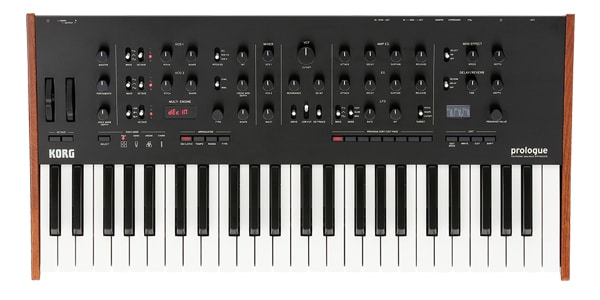







![[2025 Latest Edition] Choosing a Synthesizer/Popular Synthesizers Ranking](/contents/uploads/thumbs/2/2022/9/20220916_2_19446_1.jpg)
![[2025 Latest Edition!] Popular Modular Synthesizer/Semi-Modular Synthesizer Ranking [Recommendations]](/contents/uploads/thumbs/2/2021/12/20211202_2_15495_1.jpg)

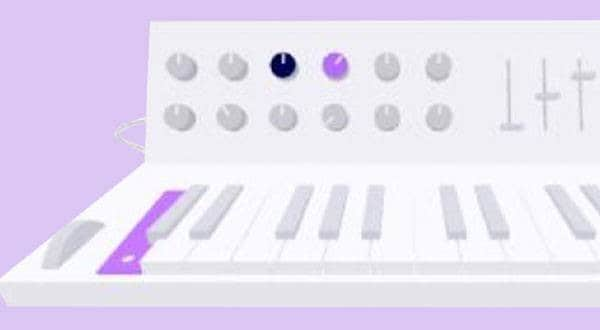
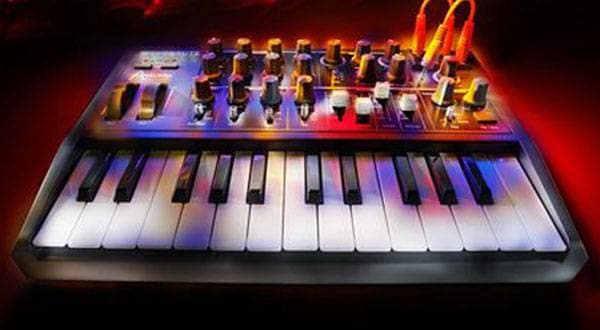
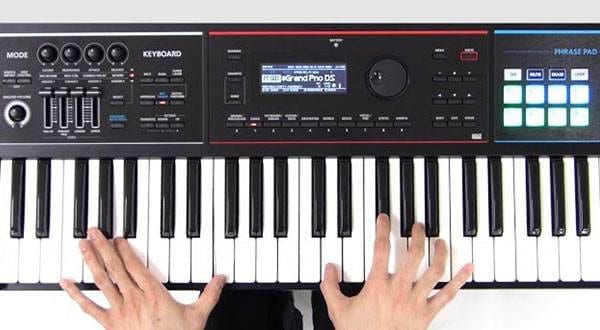
 USB接続対応のMIDIキーボード
USB接続対応のMIDIキーボード
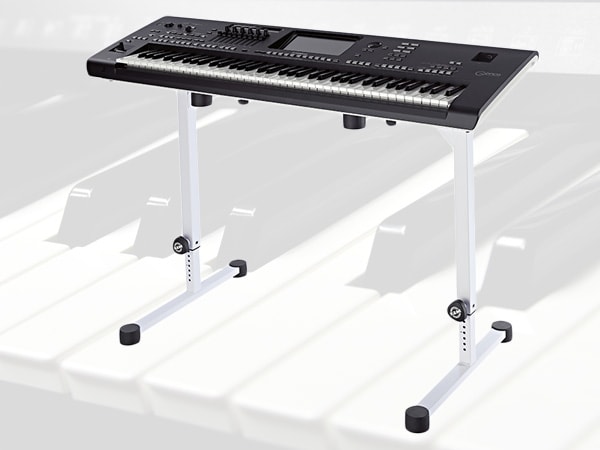 キーボードスタンドの選び方
キーボードスタンドの選び方
 超オススメのフレーズ道場 キーボード
超オススメのフレーズ道場 キーボード
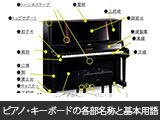 ピアノ・キーボードの各部名称
ピアノ・キーボードの各部名称
 キーボードスタートガイド
キーボードスタートガイド
 キーボード・ピアノ講座
キーボード・ピアノ講座















